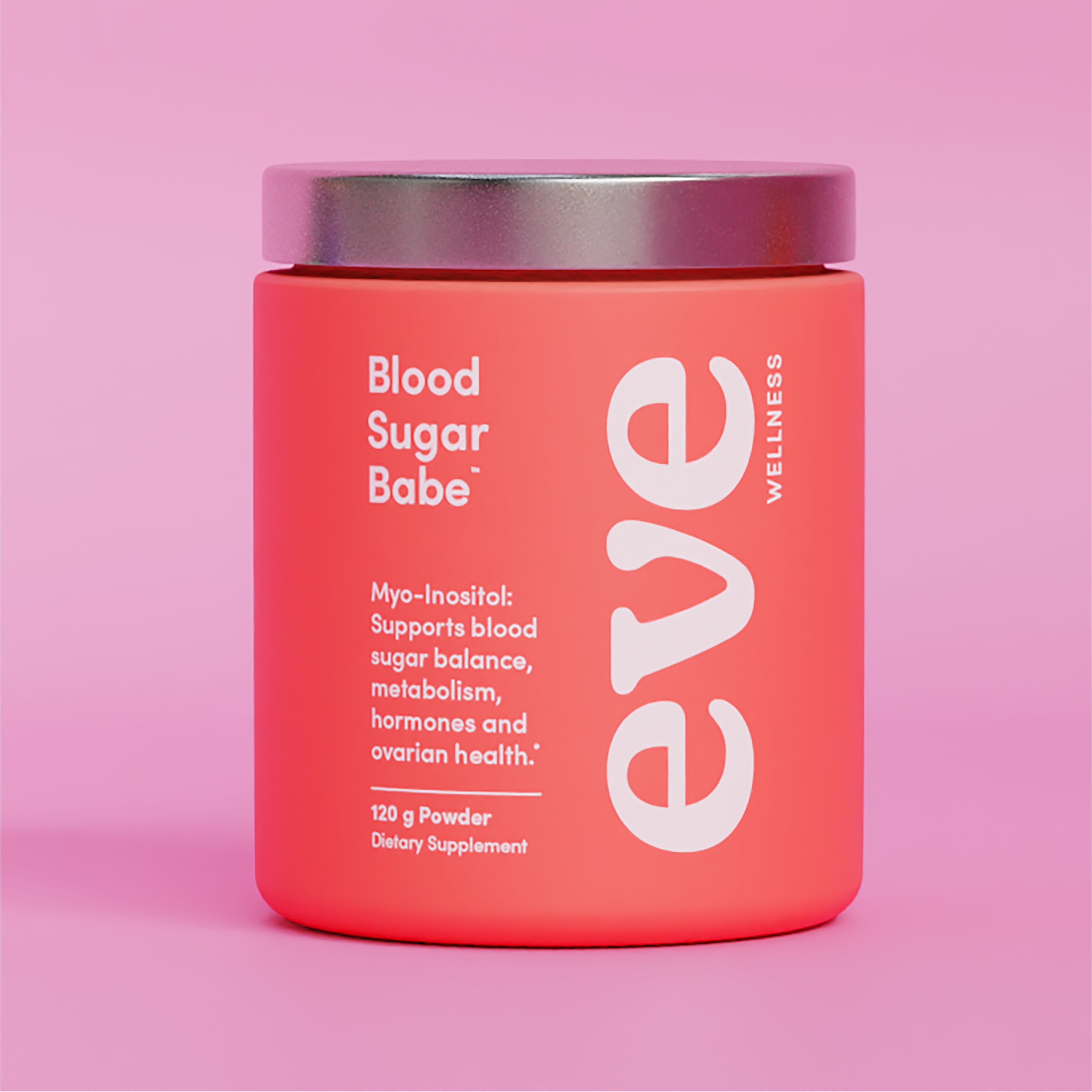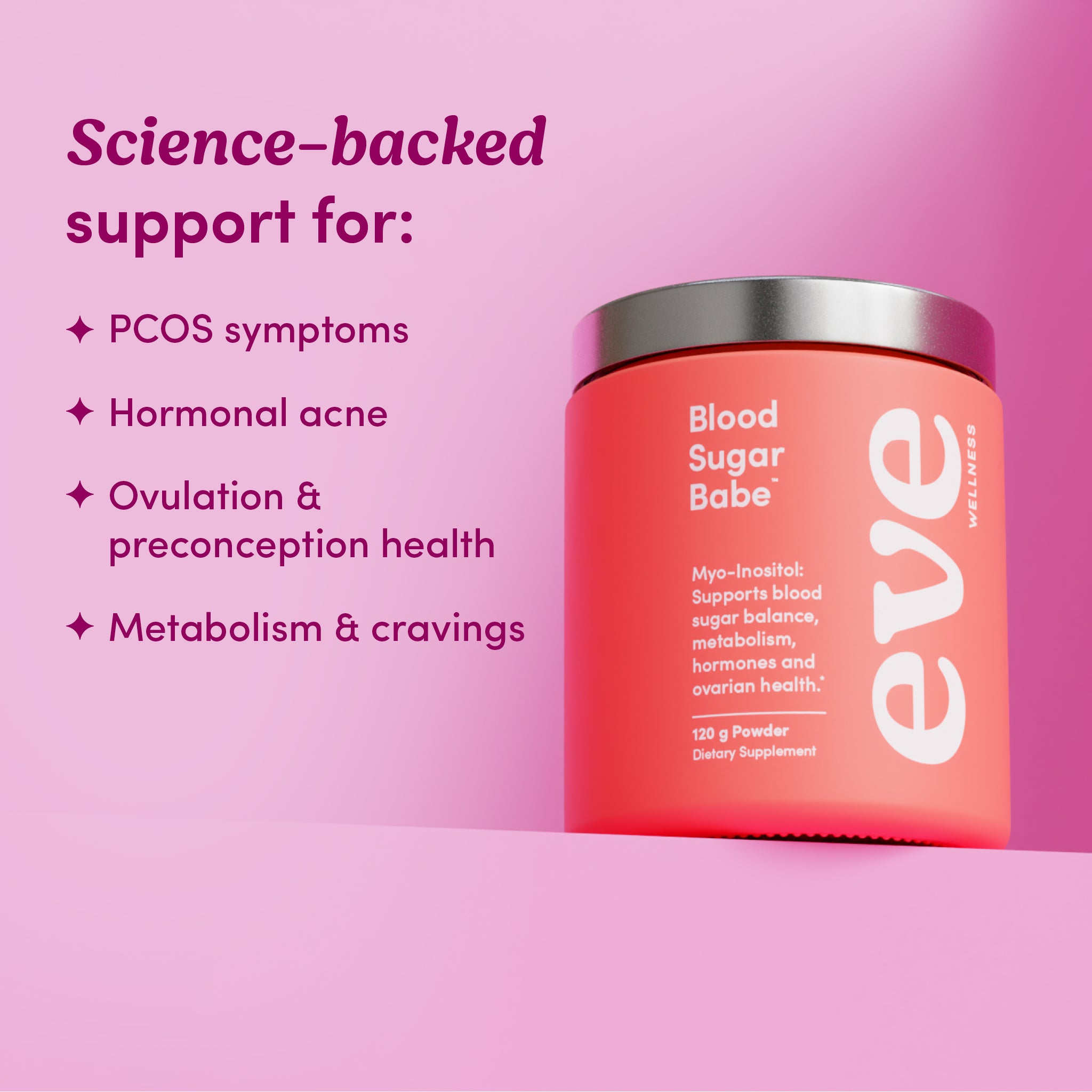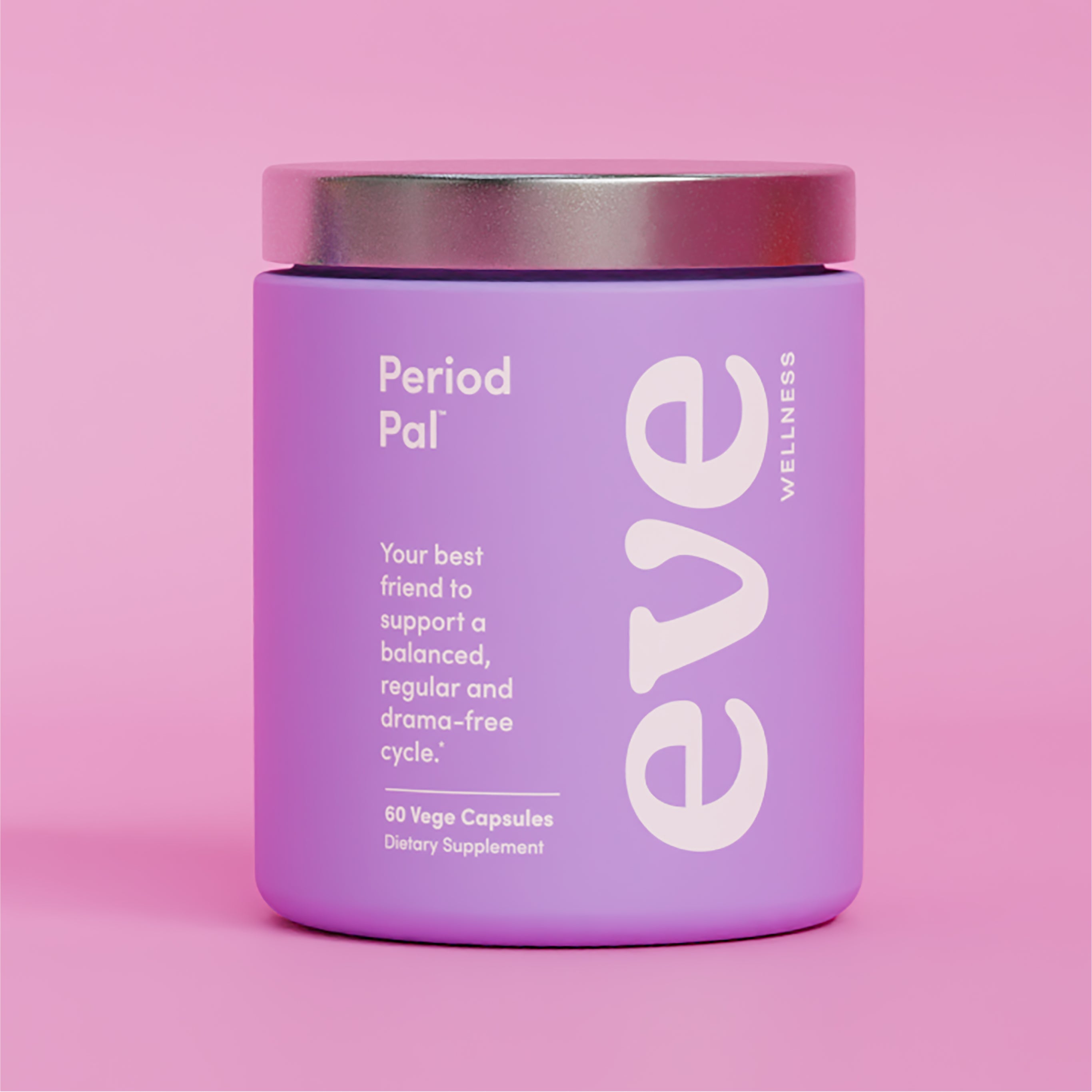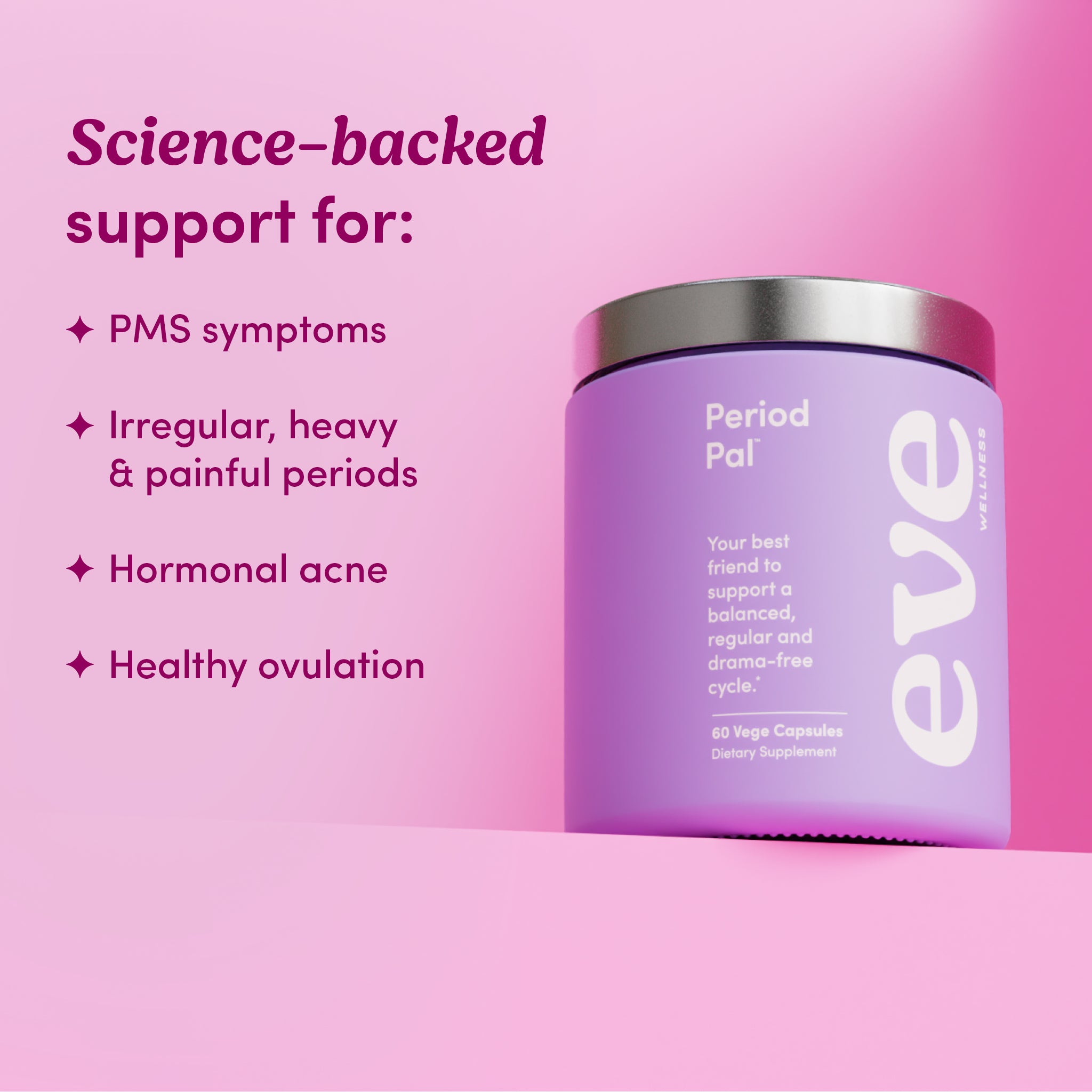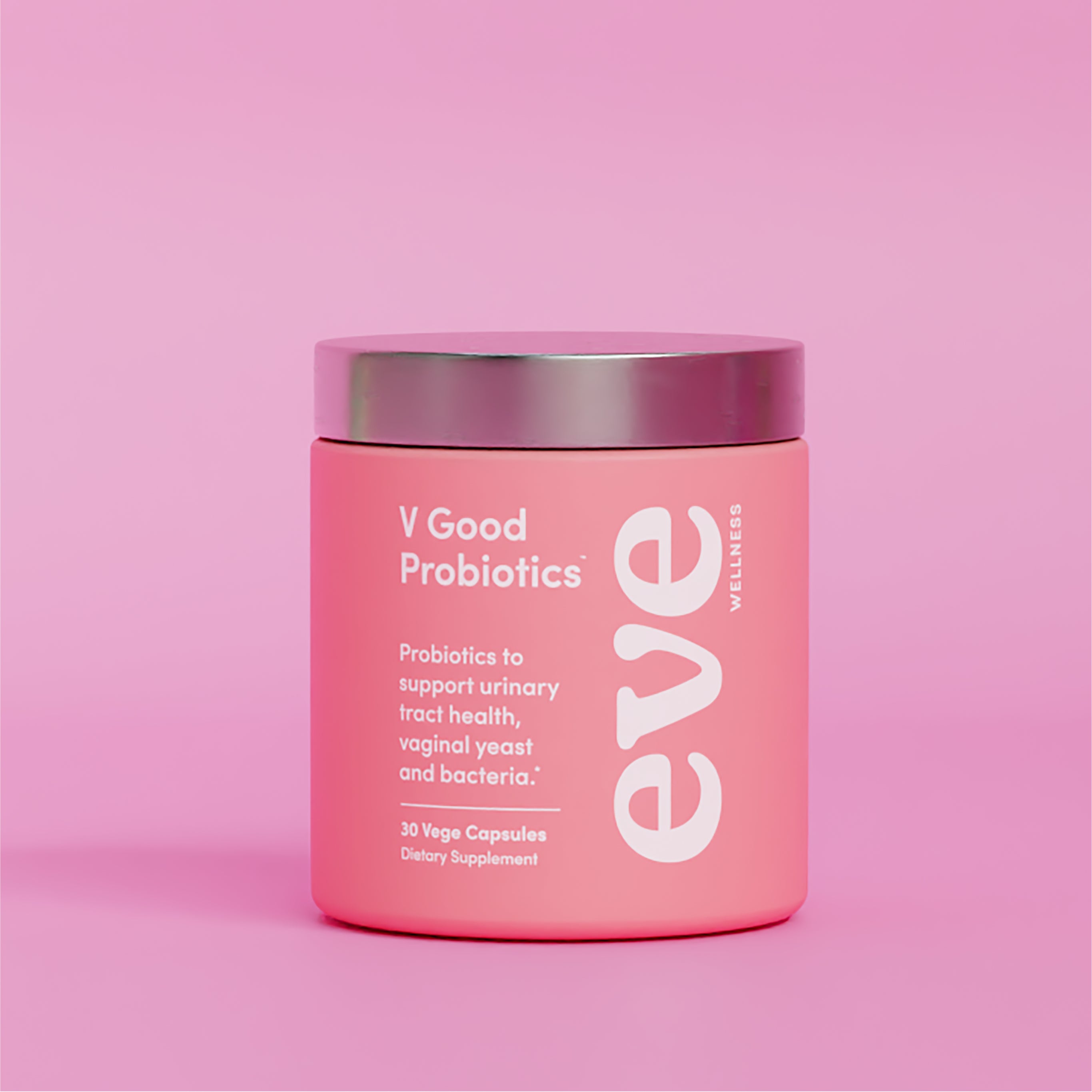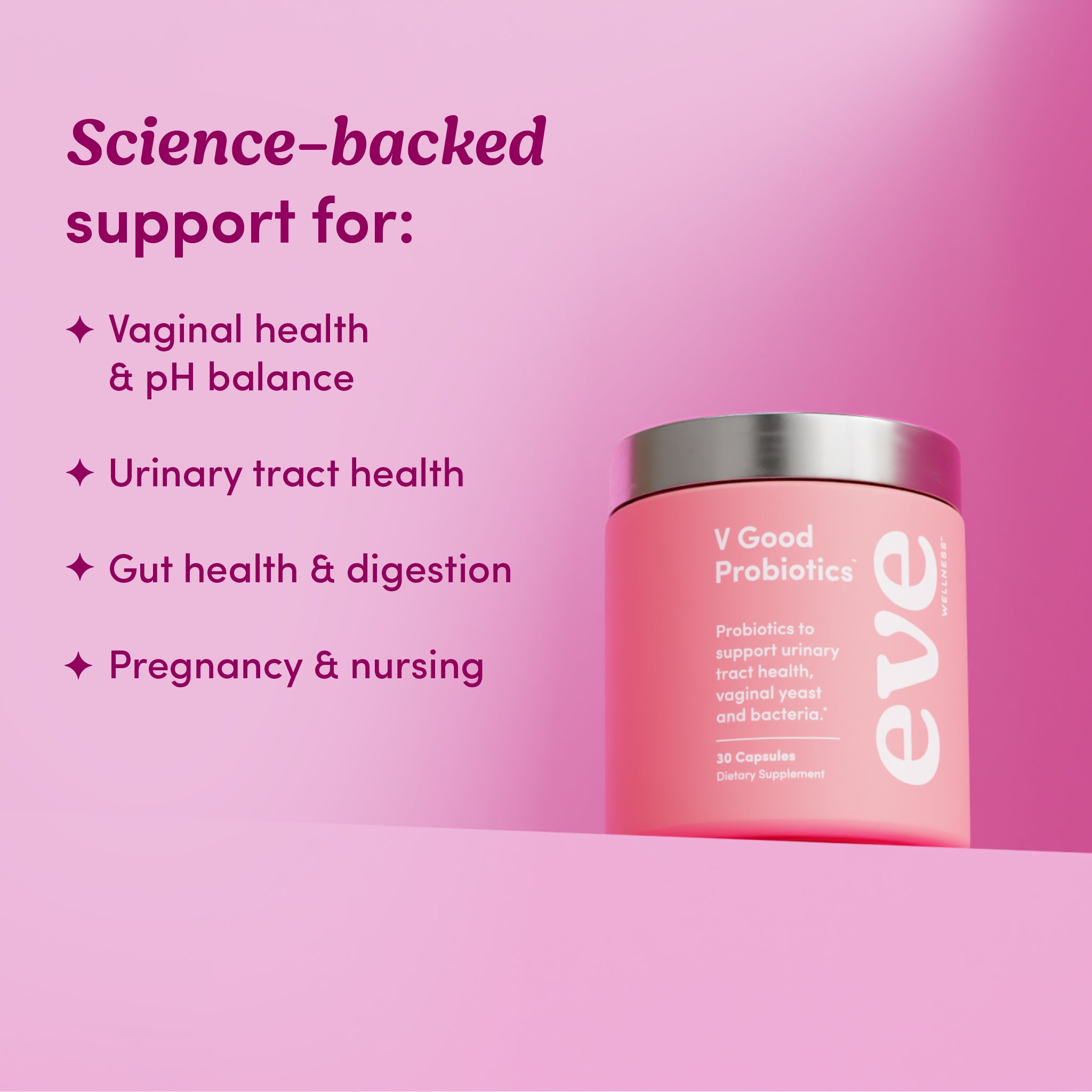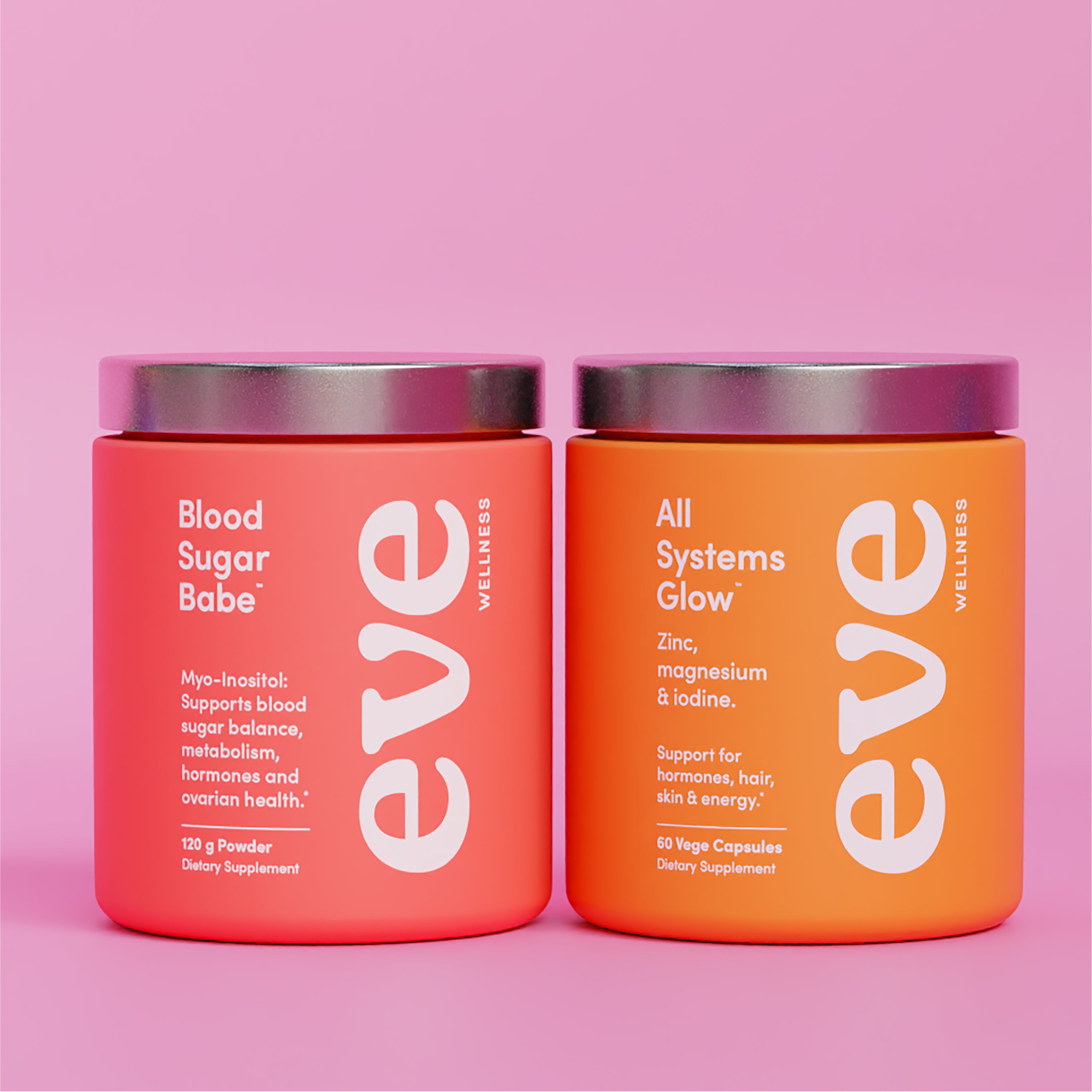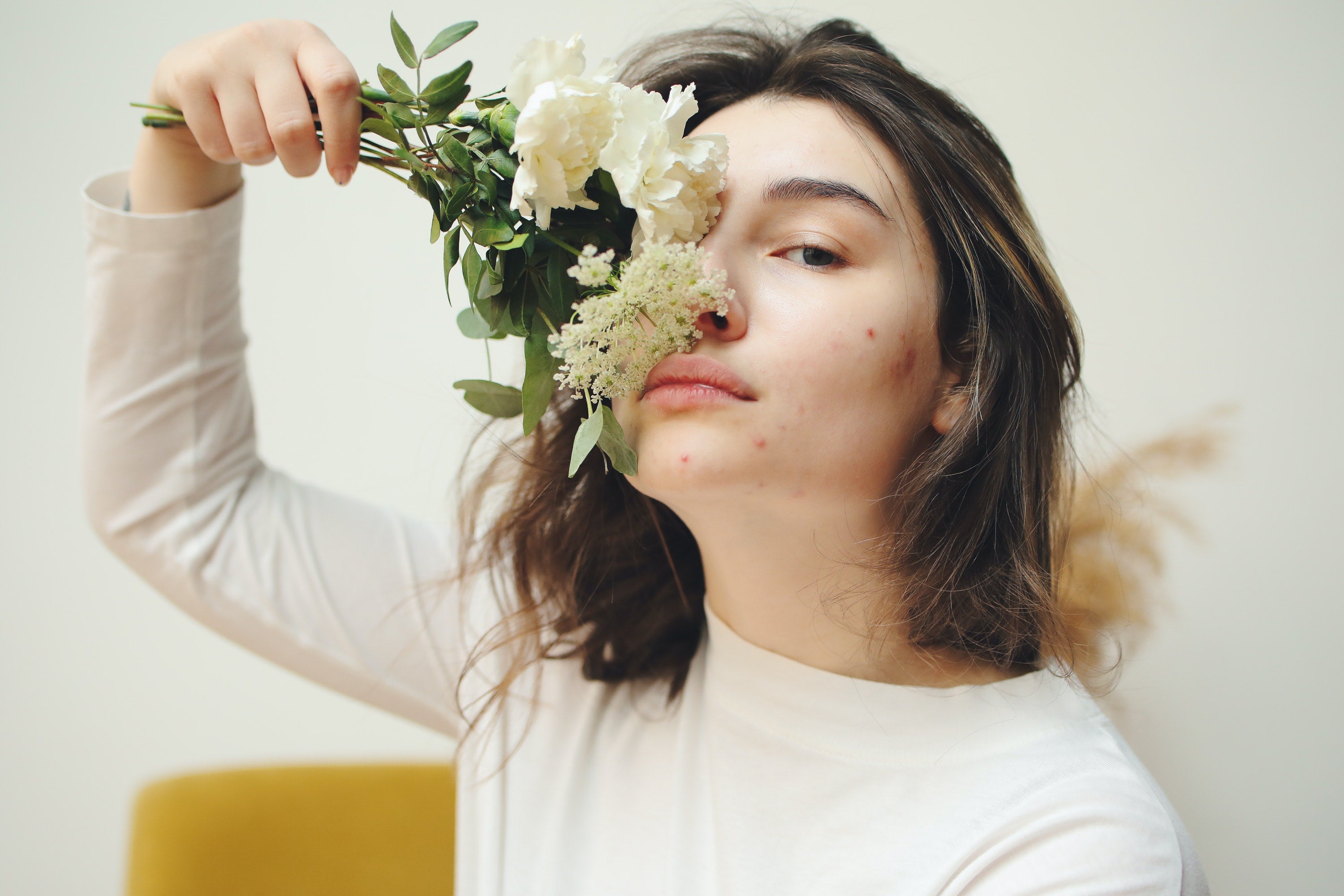If you’re like us, you probably thought that after the pimply tweenage years, acne was supposed to buzz off. But no. For many of us the acne lives on!
In fact, hormonal acne most often occurs between the ages of 20 - 40. But even if you’re 40+ you might not be out of the woods. 30 years of potential pimples? Umm, that’s not what we signed up for.
Having tried various approaches to dealing with zits, we’ve found that directing hate towards our little inflamed friends is not the best approach. We invite you to join us by taking a softer approach: one of self-compassion and acceptance.
Remember that your spots are just messengers from your body saying that something is up. Don’t shoot the messenger! It’s not your fault, or your body’s fault that you’ve got acne, so have compassion for the trillions of cells that are doing their very best to love and look after you.
Instead of blaming your zits, send them some gratitude for letting you know that there’s something your body is asking you to pay attention to, and look a little deeper.
In this blog we’re going to take you through 5 clues that your pimply pals are alerting you to give your hormones some love.
1. Your pimple gang generally hangs around your jawline or chin
Acne that is linked to androgenic hormones, such as testosterone (our ‘male hormones’), tends to show up in places that grown men develop facial hair—such as the jawline, sides of the face, neck and chin. This can develop what we like to refer to affectionately as a ‘zit beard’. Cute, non?
One reason for this is that androgens control stimulation of our oil glands.Higher levels can increase sebum production (the oils we mentioned earlier), which can clog pores in these areas and lead to the inflamed little bumps we all know and love.
2. You break out before your period
*Small family of zits moves in on chin*
Me to me: “Ohh, my period must be coming soon.”
Sound familiar?
Acne is a common PMS symptom linked to fluctuating and falling sex hormones; as is the case in the few days to week before your period begins.
Essentially, both oestrogen and progesterone work together in a see-saw to balance the effects of testosterone and keep sebum production under control throughout the month.
When both of these hormones fall away to trigger a bleed, androgens can seize the opportunity to rear their head and host a breakout party for one. This is why it’s common to experience your worst acne flare ups during the week before your period (as if you didn’t have enough going on already that week).
If you aren’t already paying attention to the different symptoms that occur during the different phases of your cycle, a cycle tacker such as Flo or Clue makes it super quick and easy to do so. You may find that you begin to notice patterns that may indicate some hormonal imbalances. If this happens, we’ve got your back.
3... or about halfway through your cycle
The androgens we talked about earlier don’t fluctuate too much throughout your cycle, and stay at reasonably similar levels except for one time: ovulation.
In females, testosterone gets itself all excited and spikes around ovulation, which is when an egg is released from the ovary and occurs around day 14 of a regular 28-day cycle.
Ovulation is also the time where you are most fertile, which is where the testosterone spike comes in—a subtle nudge from mother nature to get busy in the name of reproduction.
So, if you experience a few chin or cheek zits around the middle of your cycle, this slight surge in androgen activity may be why.
While we realise that you may not be in love with your mid-month zits, they’re not necessarily a bad thing. They’re just a sign from your body that you probably ovulated that month, which is great news and a biological miracle! So try to look upon these spots with admiration for the amazing things that your body is capable of.
4. You've recently stopped taking the pill
When we take the pill, our sebum (skin oils) are suppressed to ‘childhood’ levels. Which is also how the pill can make your skin as clear as it was at primary school.
Healthy adult skin responds to this by putting sebum production into overdrive in an attempt to find balance.
Unfortunately, when you stop taking the pill, your skin doesn’t immediately get the memo and this overdrive production can persist for months after you stop taking the pill.
As your ovaries kick back into action and your own sebum production ramps up, you end up having twice as much potentially-pore-blocking sebum on the go.
This is a result of androgens (e.g. testosterone) surging temporarily while your ovaries are waking back up and remembering what to do.
Fear not, this too shall pass given time. Oestrogen helps to reduce sebum production and progesterone helps keep testosterone in check, so once these gals are back on their feet things should resolve themselves.
To help your skin along the way try to reduce inflammatory foods such as sugar and dairy, and make sure you’re taking a good zinc supplement as this nutrient plays an important role in ovarian function, and can help in blocking excess androgens.
5. Your stress level is 100
Bit stressed hon?
We know of cortisol as our ‘stress hormone,’ but it’s actually crucial for a whole range of functions in the right amounts.
Have you ever noticed that you are more susceptible to breakouts when going through a particularly stressful period in life, or when you’re not getting enough sleep? In both of these instances, cortisol is the first hormone to the party.
Cortisol prepares the body to ‘fight or flight’ in response to real or perceived stress. One way it does this is through releasing glucose (sugar) into the bloodstream. High blood sugar = high insulin = increased androgen activity = inflammation = acne.
High stress levels and clear, glowing skin just don’t mix.
Looking for extra support? Try Period Pal - every woman's best friend to support a balanced, regular and drama-free cycle.
